The Series 79 investment banking exam has a large number of people taking it in the summer and fall timeframe. We are closing in on the end of a calendar year for 2023, and the end of when many investment banking classes have taken their exams.
In today’s post, we share what we’ve learned for those that are still in the process of studying.
Series 79 Investment Banking Exam … Math is Overrated
Consistent with what we’ve heard over the last year, the investment banking exam, or the Series 79, is less quantitative than many people fear. While the analytical section is still close to 40% of the exam, there are significantly fewer math problems than there could be otherwise.
Although the exact number is likely to change from one exam to the next, students should expect somewhere around 10 or 15 math problems (that may need a calculator). These typically range from calculating comparable valuations, to determining LIFO and FIFO inventory, as well as calculating margins.
Some very specific areas to focus would be ratios in the liquidity section such as the current ratio, and the quick asset ratio. Those tend to be confusing with many students, and we believe that the examiners understand this well!
Regulation M, and Fairness Opinion
The qualitative side of the Series 79 investment banking exam is much more broad, with a lot more to remember.
Some major standout topics include Regulation M, and the fairness opinion. We highly advised that students know these two areas in great detail.
The reason being is that they’re not too complicated once you’ve thoroughly investigated them. Another reason, is that most people tend to come to us having failed the exam due to the analytical section. Focusing on areas that may be likely tested in the qualitative section, and knowing them inside and out, can help make up for any deficiencies in the analytical portion.
In a nutshell, as we proceed into 2024, the core of the investment banking exam remains intact. You can expect 60% of the exam to be qualitative, while 40% is expected to be more quantitative – but mostly analytical and conceptual. If you need any help with either section, feel free to reach out. In the meantime, enjoy the downtime in the financial industry until the new year! Good luck!

